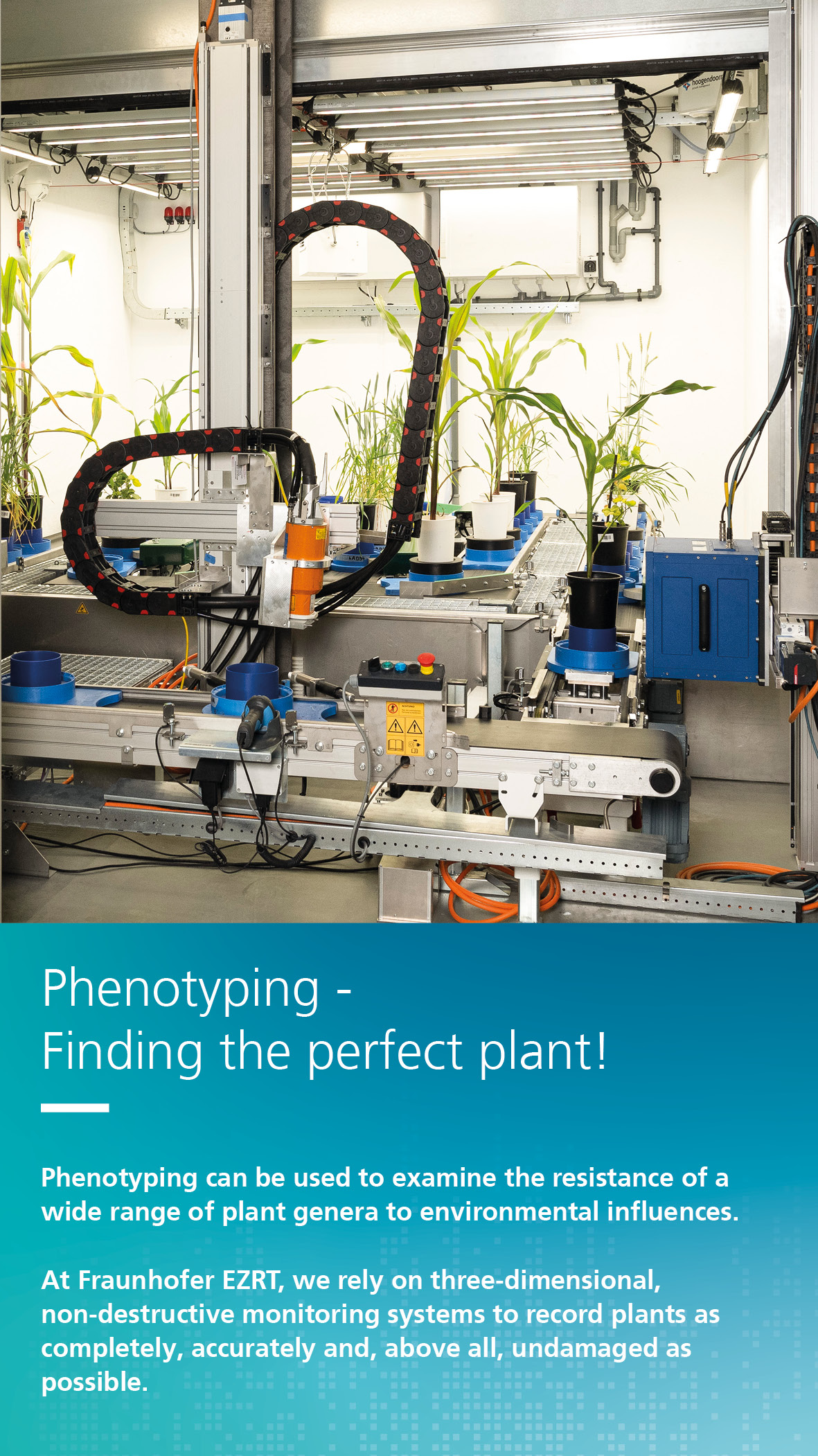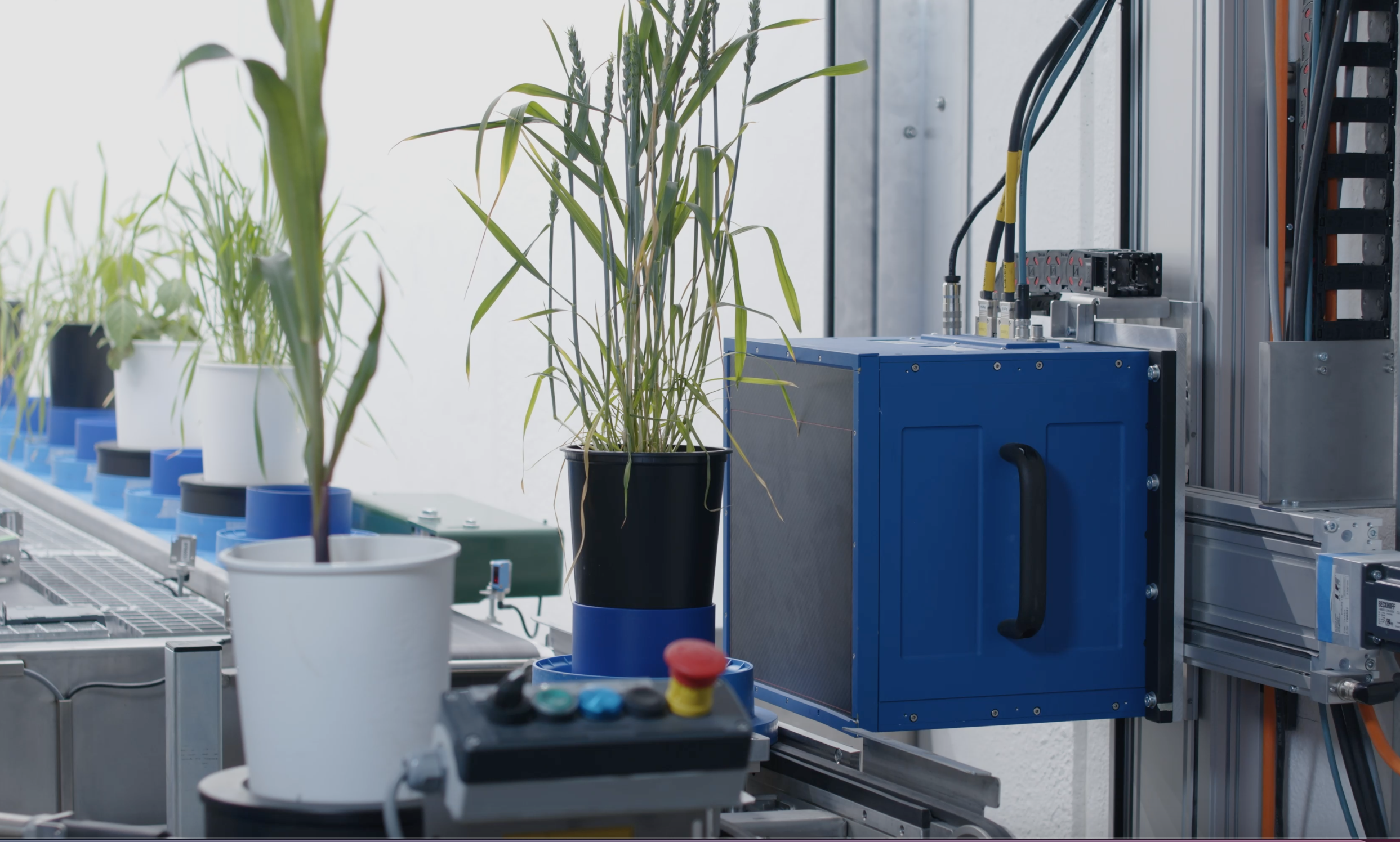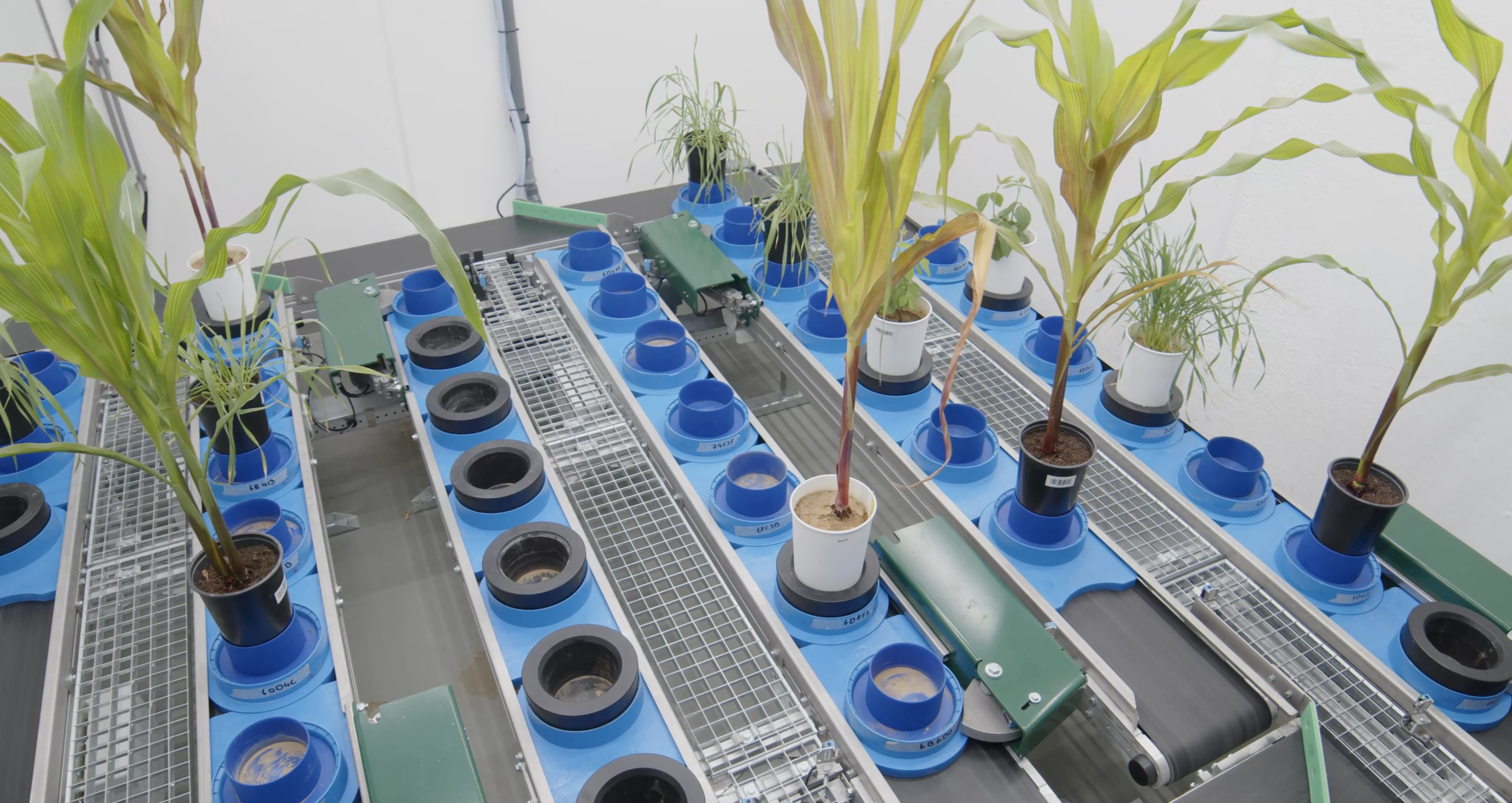Global warming is having a significant impact on global flora — especially on crops. Many plant species are not able to adapt quickly enough to the new conditions. Plant varieties that can be cultivated profitably even under adverse conditions will become increasingly important to society.
Until now, anyone wanting to study roots and tubers had to dig them up. As a consequence of this irreversible type of analysis, the evaluation of time-resolved information could be realized only via statistical methods. Within the past few years, industrial computed tomography (CT) has increasingly been used in the analysis of underground structures. This opens the door to brand-new approaches in phenotyping. By means of segmentation, it is possible to separate the structures being studied from their environment and visualize the root structures in 3D. Because this reveal of the root structure takes place in a purely virtual fashion based on the measured data records, the exact same plant can be measured at different points in time. The growth in volume and the 3D root or bulb structure beneath the ground can now be analyzed without digging up and thereby destroying the plant.
This type of imaging is not limited to underground structures: before now, many other plant features were also visually inaccessible and could be studied only using destructive methods, such as seeds and fruits in general.



